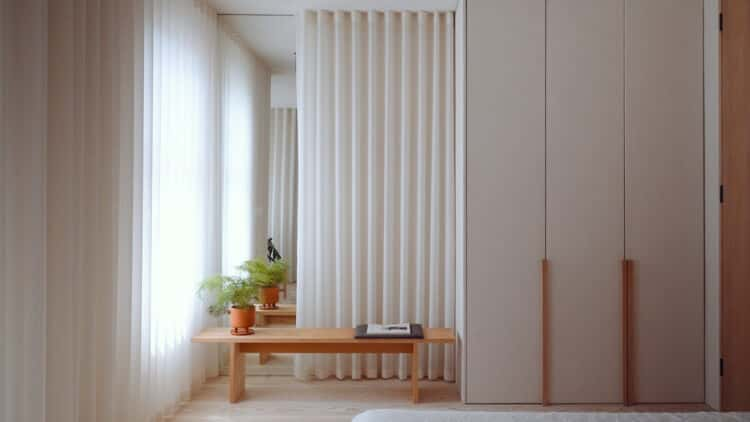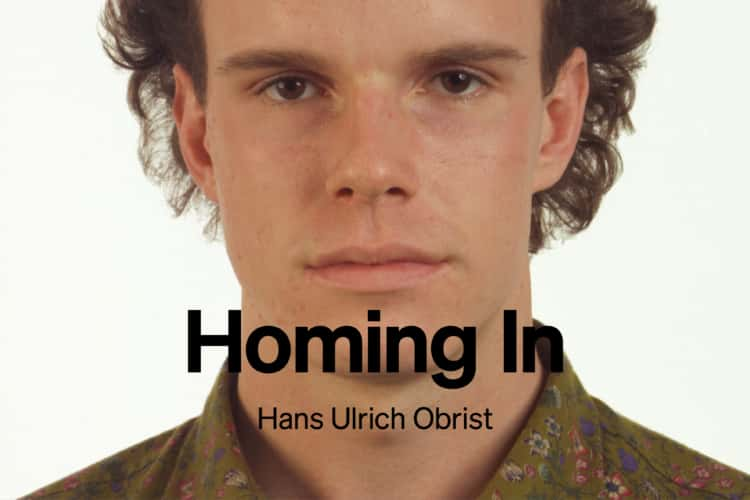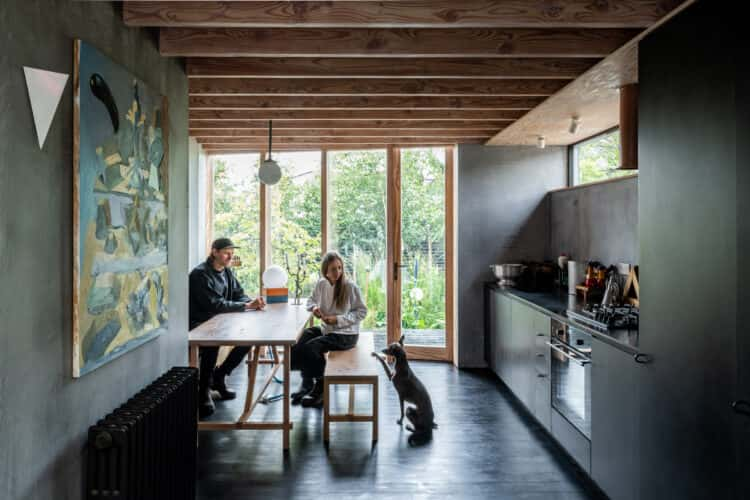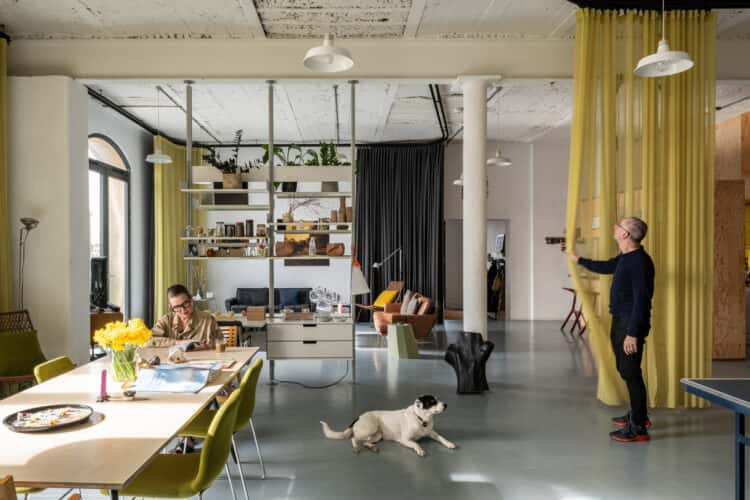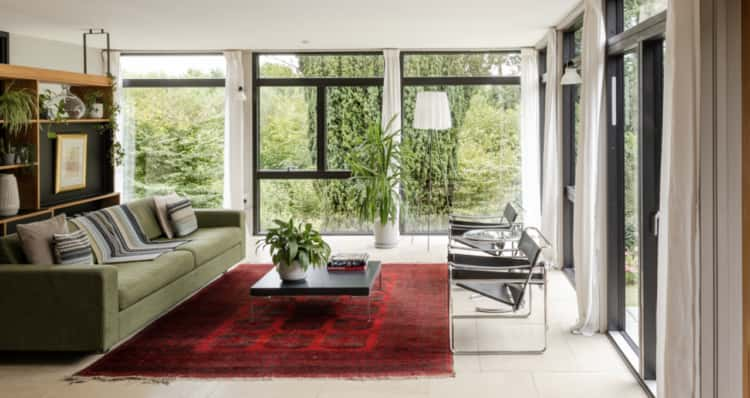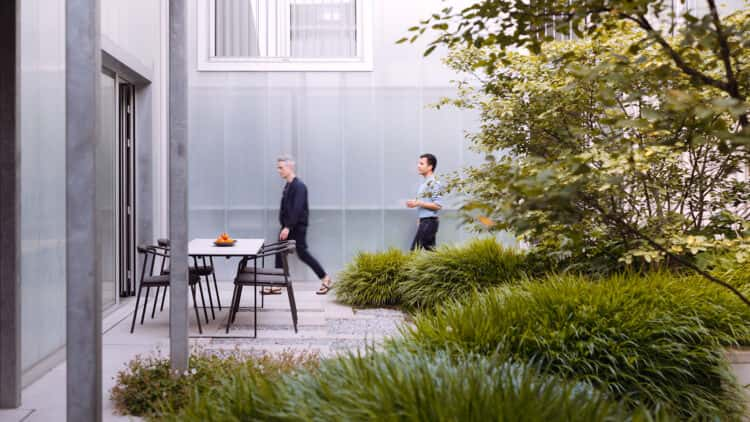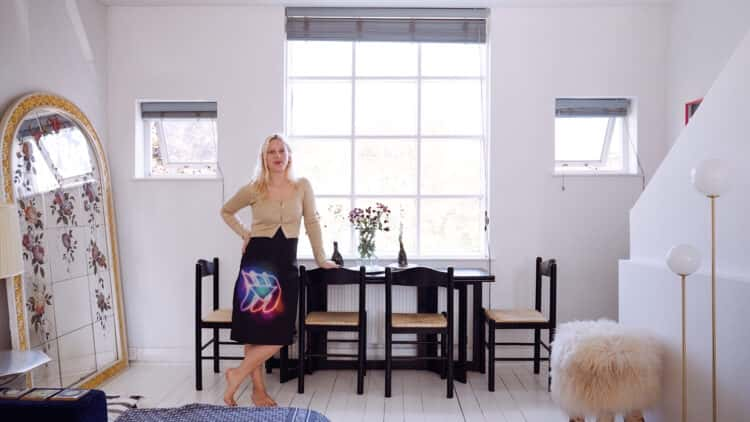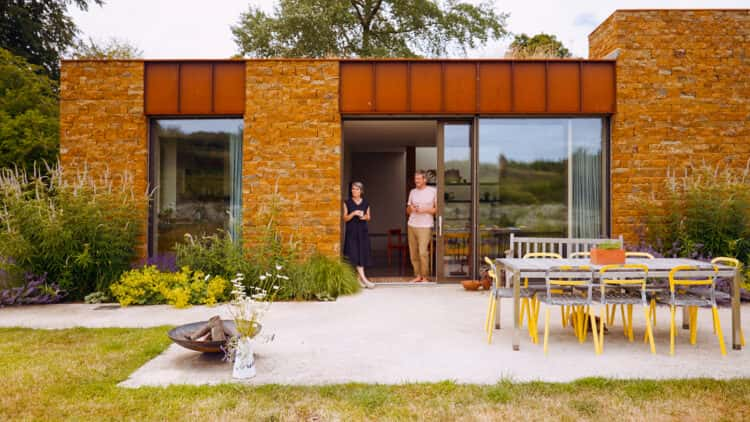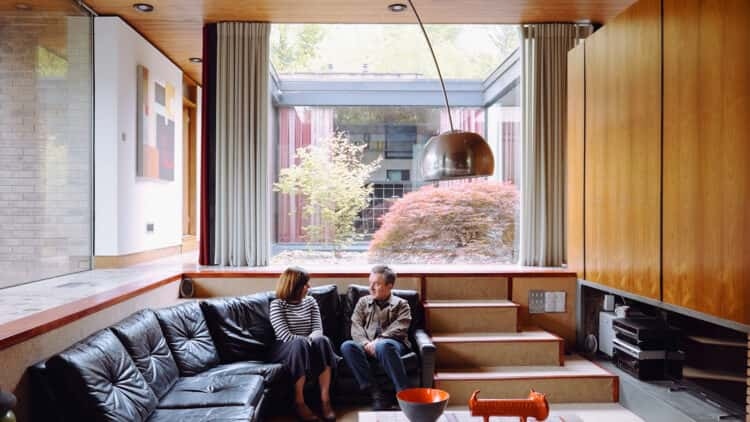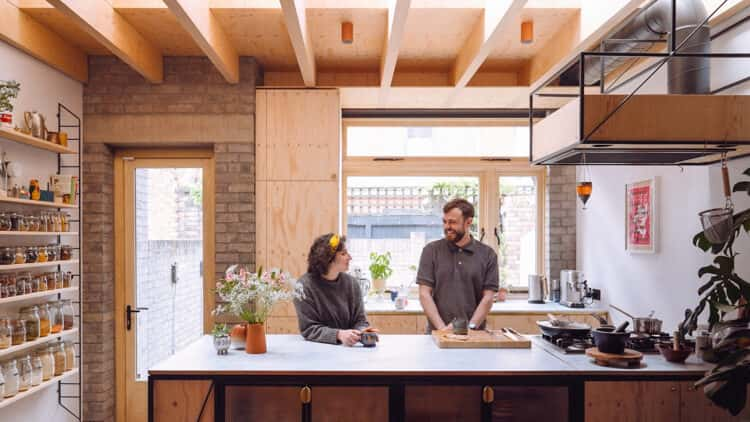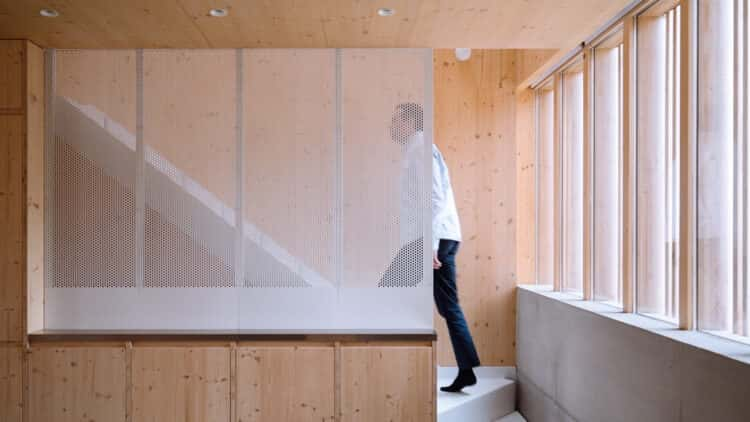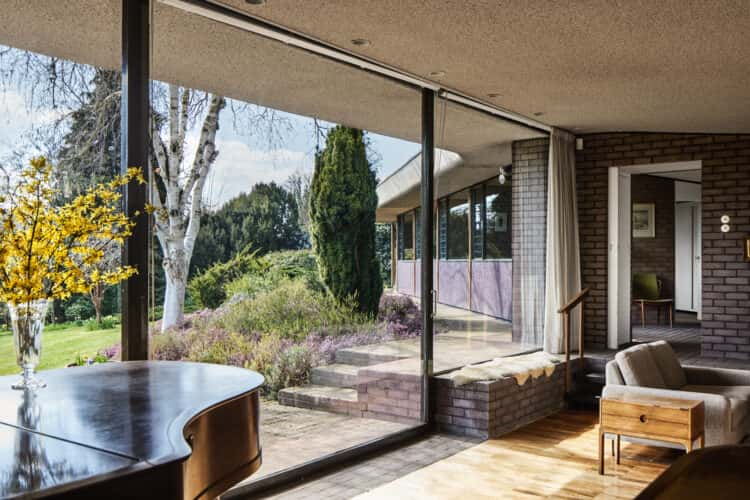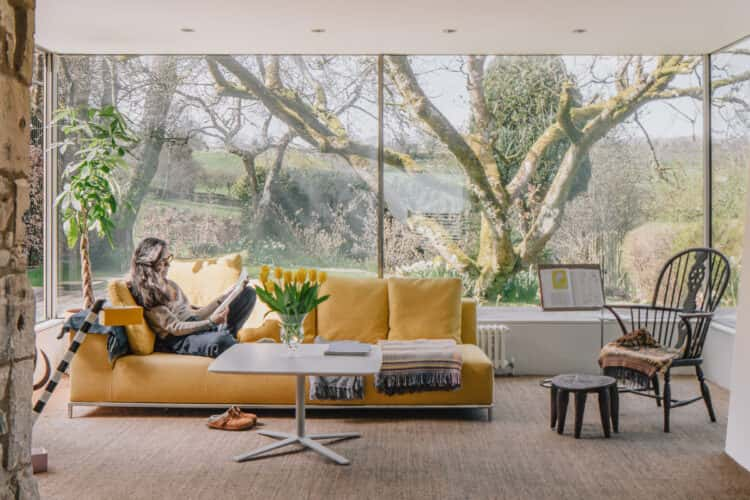Architect Ben Ridley on life in his low-energy house in Muswell Hill
Ben lives in an Edwardian house that dates to 1905. It has beautiful proportions and big windows, “which were good starting points for me as an architect”. Before he renovated it, however, the inside hadn’t been touched since the 1960s. Drawing up a plan that involved a low-energy retrofit, Ben stripped the interiors, extended the rear and the loft and set about insulating the entire building. He made it airtight through the introduction of things like triple-glazed windows and employed an MVHR system. As a result, the house is draught-free and the temperature is stable throughout the house – even in the depths of winter. “You don’t feel the cold,” he explains. “Not even near the windows.”
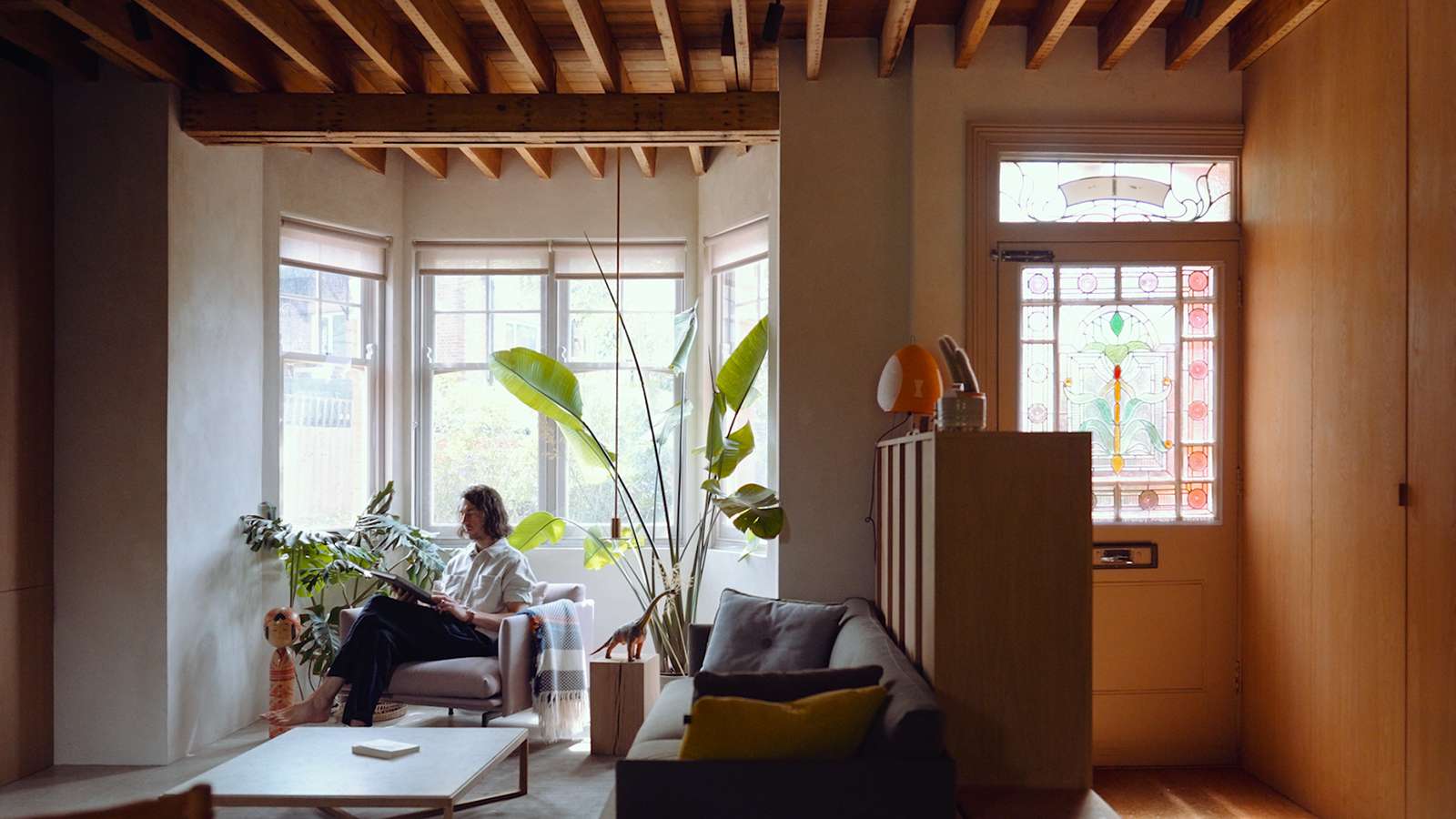
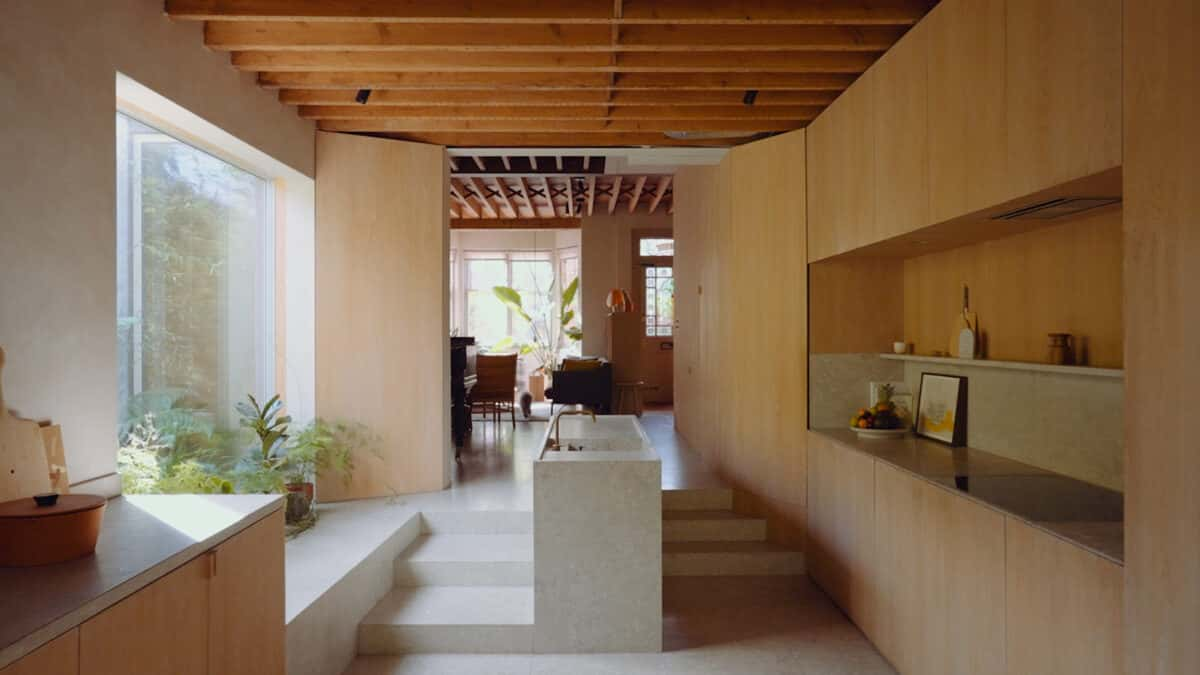
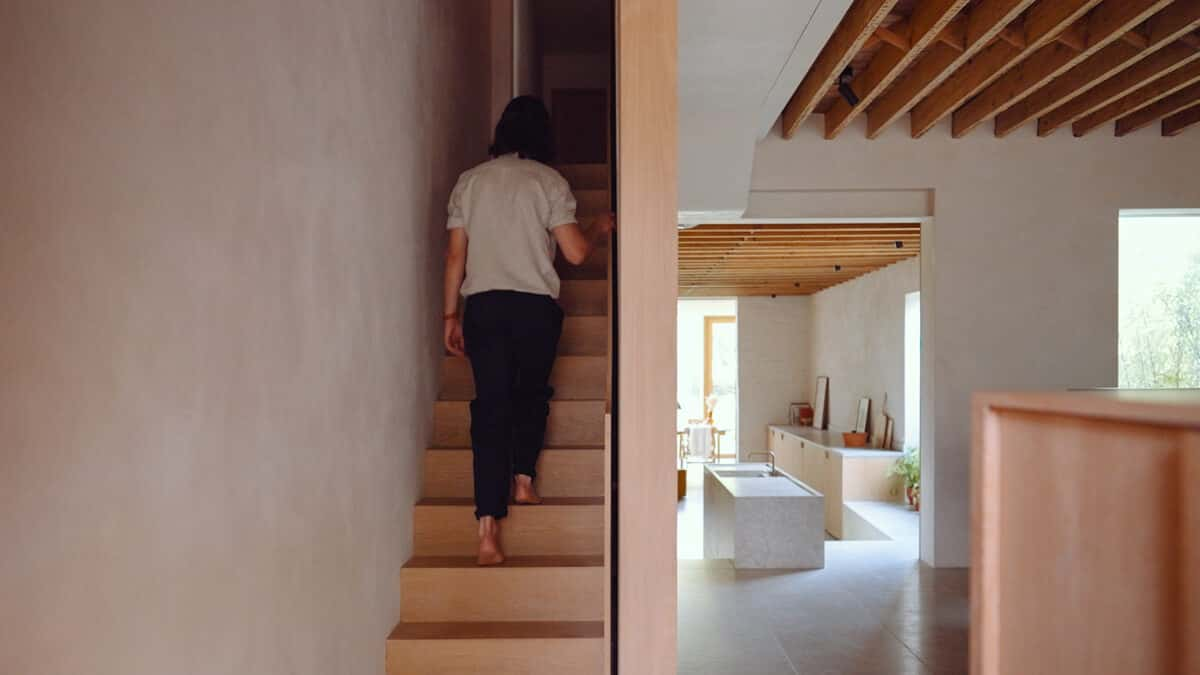
Sustainability has also informed the aesthetics. Ben has used lime plaster on the walls, which adds an airtight seal and has a pleasing texture, meaning there’s no need for paint. He also used stone and wood because they have relatively low-embodied energy (and avoided concrete and steel). This palette of natural materials is not only good for the planet but it looks good too. These soft neutral tones, for instance, create a sense of serenity throughout the house, which Ben has decorated minimally: “I like the idea of a calm space, so I keep it clutter-free.”
“People aren’t going to accept low-energy retrofit if it means you lose the character or the joy of your home,” he says – and, as this project proves, that needn’t be the case. Watch our film now to see this for yourself and to discover how Ben’s low-energy home brings him comfort and joy. And if you want to live in one yourself, Architecture For London has designed a scheme for a Passivhaus-standard house in Muswell Hill – and the plot of land with planning permission is on the market with us.
